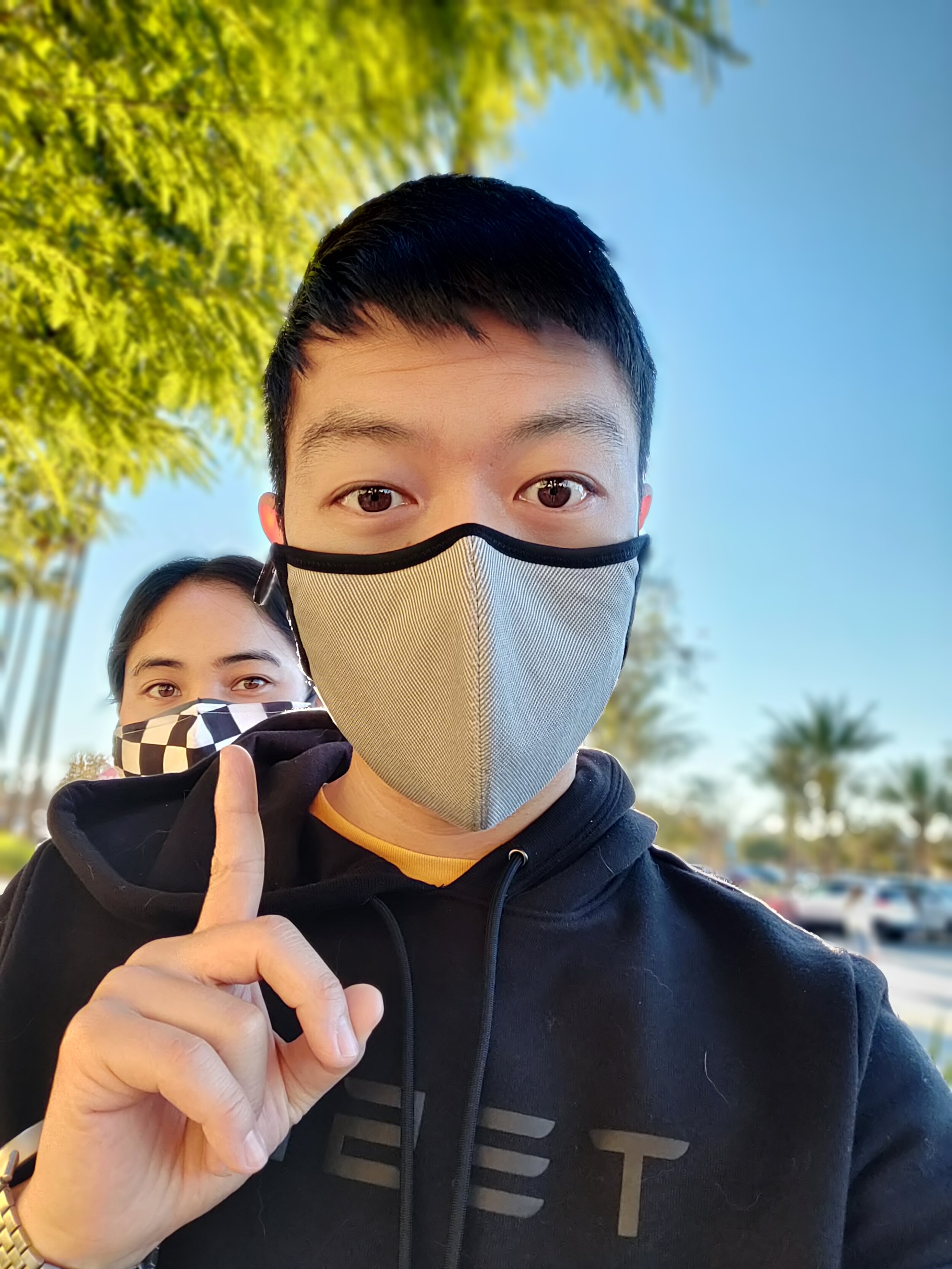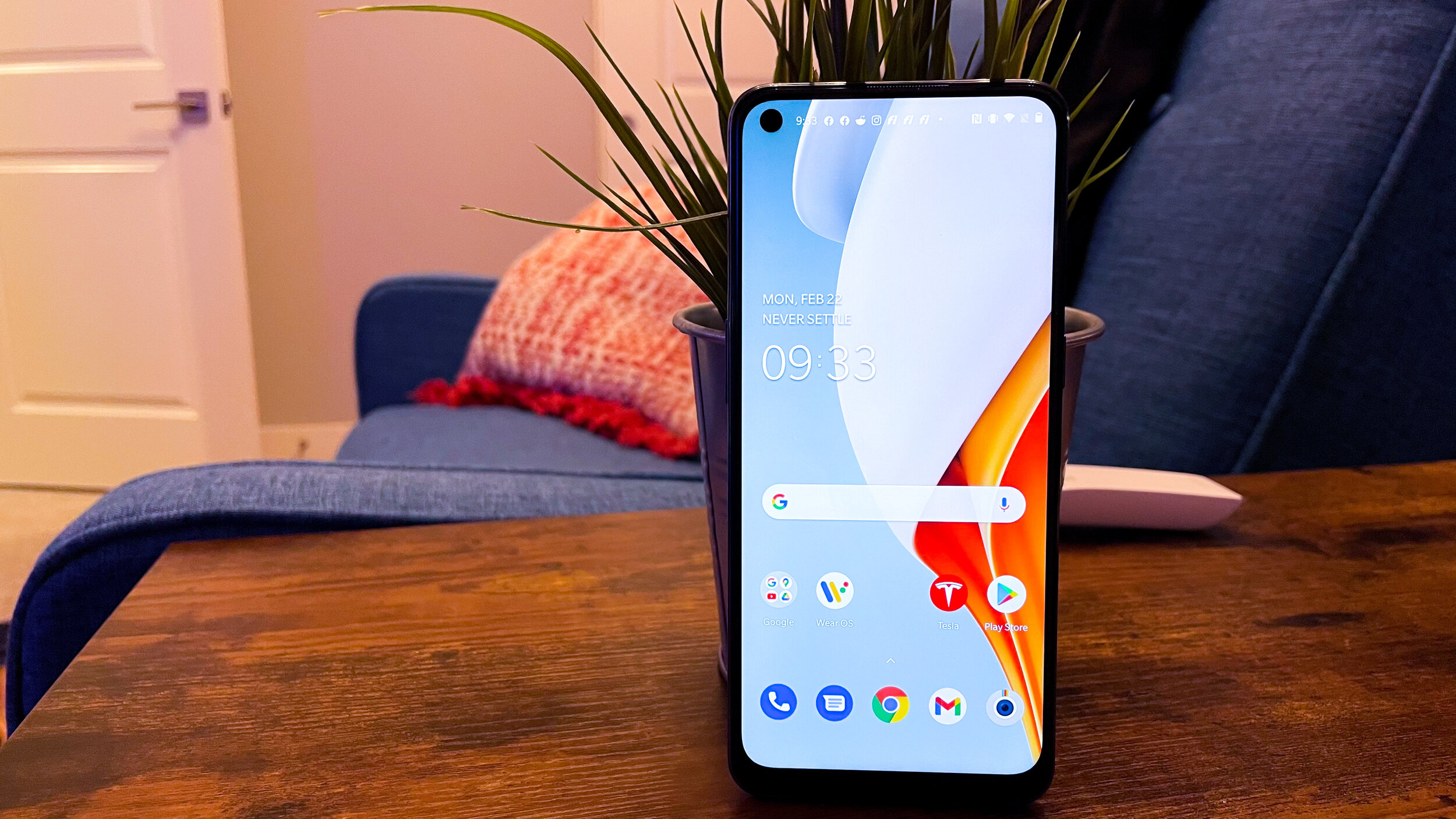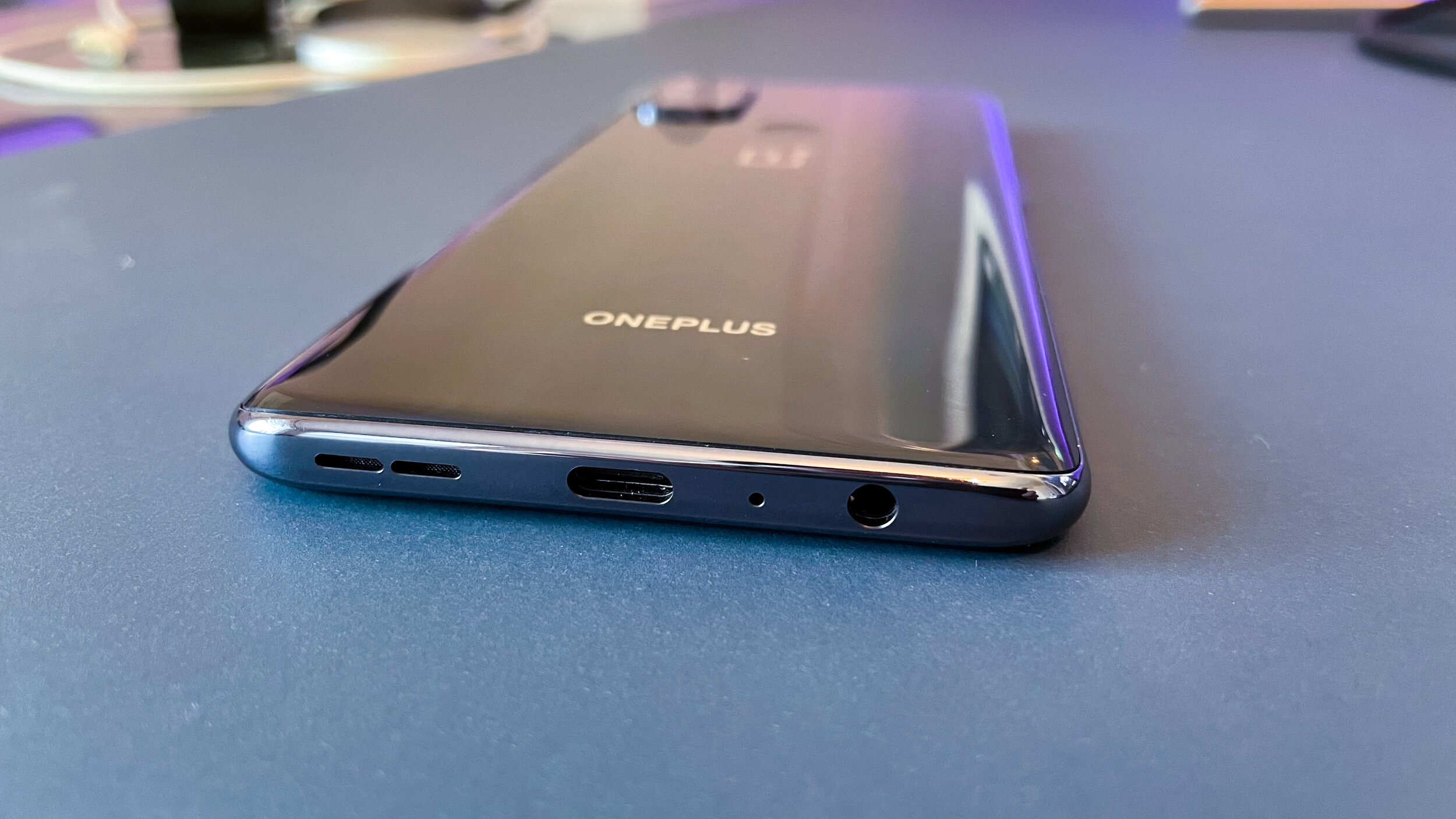OnePlus N10 5G Review: How badly do YOU want 5G?
Retail Price: $299.99
We are a participant in the Amazon Services LLC Associates Program, an affiliate advertising program designed to provide a means for us to earn fees and support our channel by linking to Amazon.com and affiliated sites.
Product Specs +
- 6.49 inch 1080 x 2400p
- 406ppi
- IPS LCD display
- Qualcomm Snapdragon 690 5G
- 6GB of RAM
- 128 GB of storage
- 4,300 mAH battery
- OxygenOS 10.5 on top of Android 10
Camera Specs +
Rear Cameras
- 64 MP F/1.8 Wide
- 8 MP F/2.3 Ultrawide
- 2 MP F/2.4 Depth
- 2 MP F/2.4 Macro
Selfie Cameras
- 16 MP F/2.1
Video
- Shoots 1080p at up to 60 fps
The entryway into the 5G world has been quickly trickling down the affordability ladder. While I still don’t feel the need to have a 5G phone for at least a couple more years, it’s understandable why many would want to get in early. This is why OnePlus has re-entered the lower end market in order to pursue those consumers with the OnePlus N10 5G.
A Special Niche
If you’re looking at the N10, it’s most likely due to one of two reasons; name brand association with budget offerings and 5G for $299. In fact I’d actually applaud you for narrowing down your search to come across this review. I didn’t believe the OnePlus N10 was going to be a top seller, yet that’s apparently what’s happening in the United States. What it does for OnePlus is re-establish a link with consumers that may have been lost along the growth path they’ve ridden in the 2010's.
What do we exactly get here in the N10? Well, the same clean Android experience is here with OnePlus’ signature Oxygen OS 10.5 laid over Android 10. It’s not the current version of the OS out of the box, but I personally don’t find too drastic of an experience difference between Android 10 and 11. What this provides for its users is a relatively unscathed user experience across the board. With a lower tier mid-ranged Snapdragon 690 5g processor chip alongside 6 GB of Ram as the brains to this operation, it of course isn’t the fastest device out there. I was however pleasantly satisfied with the performance here. I’ve spent a majority of the last 6 months with a iPhone 12 Mini and Xperia 5ii in my pocket, both with essentially the highest end guts available in consumer technology and I can honestly tell you I didn’t feel too huge of a drop off. Don’t get me wrong, it’s certainly noticeable, but I could absolutely live with the extra few seconds of load time and the occasional stutter for a $300+ discount in MSRP.
Performance
I’m able to play the mobile games I’m currently into while scrolling through an enjoyable app to app flip through speed. Web browsing is feasibly fast if going in with tempered expectations. This is all I really ask for in a smartphone.
Performance holds up fine for everyday use and so does the battery life. I averaged around 12-15 hours off a charge with about 6 hrs of screen on time. Those are excellent stats for my unique usage out of the 4300 mAh battery.
The phone is made of glossy plastic all around and suffers from fingerprints and a slippery grip. Those are plastic phone staples and we as users have to endure that here as well. However, it is mitigated to an extent with a case. On that glossy plastic back, OnePlus has the fingerprint scanner located right above their logo. It’s fine as is. I can tell it’s not the most accurate sensor on the market from just 10 minutes of usage unlocking the phone and opening finance apps with my finger. Missed attempts withstanding, it still manages to get the job done at a low price point. I’m good with it.
Media Experience
The viewing experience is also quite well done for the most part. OnePlus supplied the phone with a 6.49 inch 1080x2400p IPS display using a 90hz refresh rate. That refresh rate number is a nice albeit over excessive feature for this price point. The display is bright and pretty sharp with its 406 ppi. For a majority of viewers out there I’d be willing to bet they’d enjoy using this for Netflix. It’s also a 20:9 aspect ratio which is about standard nowadays. Where OnePlus had to dial it back a bit was with the use of Corning Gorilla Glass 3 instead of a newer slate of glass. That’s not a big dealbreaker.
OnePlus has done a terrific job staying consistent on some of these features that other OEMS flip flop on yearly throughout their lineups.
I like that there is a 3.5mm headphone jack, micro-SD card expansion as well as fast charging using a USB-C port up to 30W. OnePlus has done a terrific job staying consistent on some of these features that other OEMS flip flop on yearly throughout their lineups. OnePlus has done a terrific job staying consistent on some of these functions that other OEMS flip flop on yearly throughout their lineups.
A Disappointing Camera Experience
Where the N10 falls flat is with its camera performance. We’ve said this countless times, but more sensors doesn’t always translate to better quality. That’s where it stands here with the 64 MP f/1.8 wide camera, the 8 MP f/2.3 ultrawide, the 2 MP f/2.4 depth sensor and the 2 MP f/2.4 macro lens. Operation is just clunky and unenjoyable. More often than acceptable, the shutter just takes way too long to snap a photo. Default raw photos are often way too oversaturated, washed out and under defined to be considered good. The over processing of photos is consistent whether it’s low-light or ideally lit. This camera set is nearly unusable in low-light.




This brings me to my main point about this particular phone. It’s not a bad phone at all. In fact, I rather enjoyed using this phone. The N10 is plenty capable of keeping their users from clawing out their hair due to the frustration that we used to get using phones at this price point. It’s a well produced smartphone. Where I lose interest in it is when I look at the current market space of competitors to this phone. Yes it hits exactly at $300, but for $50 more, you can pick up a Pixel 4a non-5G model. There’s no debate that the 4a is a superior phone with its build quality and camera performance. You definitely can’t go wrong with a stock pixel experience either. See that's how the N10 is defined. OxygenOS 10.5 is great on here, but its not as good as a 4a running Android 11 with timely OS updates. For $100 more you can also get an Apple iPhone SE. While neither the SE nor the 4a have 5g capabilities, they offer way more value at a slightly higher price.
Overall Thoughts
$100 can dwindle that wallet a lot when you add it up in the premium segment of the market. Once you exceed $1,000, each $100 can be a huge hurdle towards the purchase. When you’re penny pinching however, I do highly recommend saving an extra few months for something with high ceiling potential. Budget phone buyers need to optimize their money for the most value possible. While the OnePlus N10 is a great budget phone in its own right, I can’t in all honesty say it's the best in its price segment. I would buy the 4a or SE over this phone any day. Of course that’s if I discount the 5G aspect which I clearly am. As I stated earlier in the review, I clearly am not on the 5G train in 2021. We’ve been using 5G probably more than most Americans have to this point, and none of us here really feel the benefits of what the current definition of the 5G network entails. Hence the reason why the N10 fails to entice me over the offerings of its competition that I value more highly.















Alex
Caught in between the conundrum of his fascination with retro and the future, Alex has a very unique taste in technology. Never one to follow trends like his millennial peers yet constantly desiring to get ahead of the curve, he sees technology like he does his other love: comic books. Always looking for the best value or a hidden gem, his collector mindset reflects on some of his favorite gadgets: the Moto X (2015), HTC U11 and the Google Pixelbook. If there’s a good tech deal out there, Alex is on the hunt!